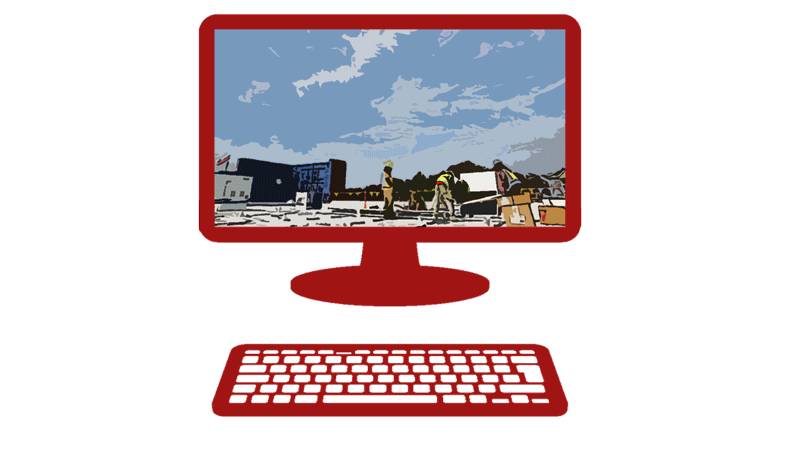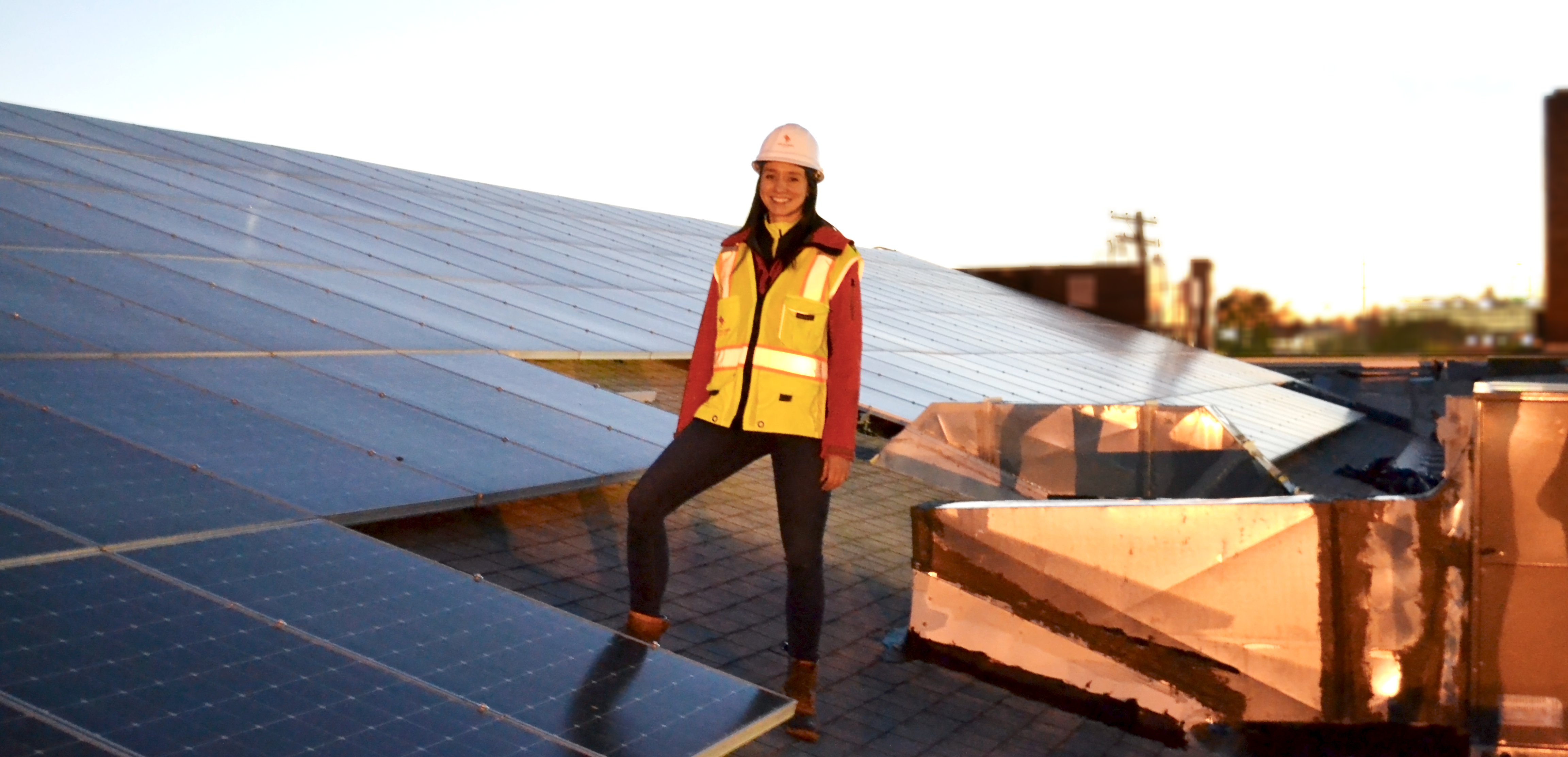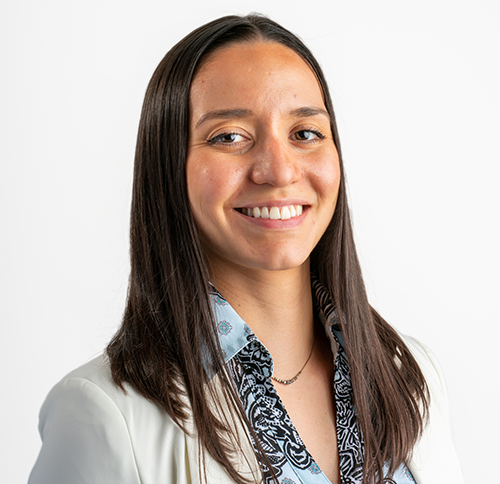Photo credit: DCSEU
You just signed your contract to have solar installed on your property, and the question that’s most top-of-mind is what are the next steps?
Solar Project Managers, like Kassandra Reyes Liste, are committed to answering that very question. From the moment you sign your contract to the moment your project is switched on, your Project Manager is your dedicated solar project professional.
In this post, Kassandra will share three ways that Project Managers support you during the solar installation process:
- Ongoing communications about your project
- A sense of simplicity during a fairly complex operation
- Access to the technical information, should you want to know more
Kassandra also defines industry-specific terms (highlighted in blue), which are linked to a glossary at the end of this post.
1. Ongoing communications about your project.
The most consistent characteristic across all solar projects is inconsistency–each of the dozens of projects I’ve managed have been entirely unique. Projects can vary in just about every aspect, including system design, size, installation type, and complexity. To account for this variation, I’ve learned through my solar project management experience a successful experience all boils down to one thing: communication.

After working with one of our Business Development Managers, like Darren, and signing your contract, you’ll get an invitation from me to join me and an Associate Project Manager in a project kick-off meeting! There, you will get to see a list of our specialists who have been uniquely assigned to you and your project, which will include a team of about eight technicians, engineers, and specialists. I’ll also share a project timeline (expect at least six months), and an overview of the design, permitting, utility approvals, construction and installation process.
We’ll also go through some of the requests that we’ll make throughout the process, including a few documents that we’ll need you to review and approve. These documents include the utility’s application to install (ATI), the Notice of Final Design (NOFD), and permitting requirements.
After the kick-off meeting, you and I will stay in close communications, where I provide you with updates and answer any questions you may have throughout the process. As your Project Manager, consider me your go-to person for all solar installation-related questions and needs.
2. A sense of simplicity during a fairly complex operation.
While you and I continue to keep in touch as we develop your solar project, I’m working diligently in the background with your dedicated team of technical specialists to turn your project into a reality. My primary goals are to keep everyone safe and meet our high project quality standards while also making sure that the project remains on-time and on-budget.

3. Access to the technical information, should you want to know more.
I work closely with our design engineers, interconnection engineers, construction teams, finance teams, roofing partners, utility representatives, and permitting agencies, so that the only person you need to work with is me!
If you’re interested in knowing more about the process, here are the three main phases I’ll lead your project through:
Phase 1: Design and approval
I’ll work with you and our engineers to conduct an in-depth site survey to measure your rooftop and/or property boundaries, analyze shading, and select the proper equipment. After this step, I’ll send you the utility’s application to install.
I’ll also work with our engineers to perform a structural review or investigation to determine how much weight your roof can hold and identify the best method we can use to mount the array to your roof. After this step, we work with you to complete the NOFD and required permits.
Phase 2: Mobilization Planning and Construction
Once all of the paperwork is submitted, I’ll work with your assigned Construction Manager and Install Crew to plan the construction of your project, and I’ll coordinate with our procurement team to line up the necessary equipment for your project. Once our ducks are in a row, our Construction Manager will conduct a site walk, map out the construction logistics, and collaborate with you and me to create the most efficient install possible. You’ll then receive an invitation to join me in a “Pre-Mobilization,” during which we’ll review all of the logistics for the construction of your solar project.
On your mobilization day, your solar system equipment will be delivered (sometimes with a crane or forklift), and the Install Crew will receive the equipment, inspect it, and lay it out for the construction process.
The team will then lay down the modules, string them together, and tie the electrical system into either your building or the power grid depending on the type of install.
Phase 3: Interconnection, Performance Testing, & Ongoing Maintenance
We’ll receive what’s called authorization to operate (ATO) from the utility, though regions outside of Washington, DC use the term commercial operation date (COD). After receiving ATO, I’ll oversee the interconnection of the project. During the interconnection process, it is possible that we will need to plan to briefly shut down electricity to your building in order to safely connect the solar electrical system. We do our best to manage the timing on our end, and work with the local utility when needed, to avoid disruptions to your business.
Our commissioning team then completes performance testing of all the equipment and conducts final quality inspection. Once those steps are complete, you can celebrate the completion of your solar project!

Once the first, and now the final, question – what comes next?
New Columbia Solar will operate the solar system for the lifetime of the project. As Kassandra moves onto installing other solar projects, your project will become part of our Asset Management portfolio. Our Director of Asset Management and team of Operations and Maintenance (O&M) technicians monitor the system remotely, perform annual onsite inspections of the equipment, and respond to requests for technical support during the lifetime of the project.
GLOSSARY:
- ATI: Approval to install is approval from the utility to initiate the process for interconnection.
- ATO (also referred to as COD): Authorization to operate, or commercial operation date, is a declaration from the utility that authorizes the operation of the solar project after it has been fully tested to ensure compliance and reliability.
- Interconnection: This term refers to the process by which the solar project is allowed to be connected with the electrical grid.
- Mobilization: This term refers to the first day of the installation process where major equipment is dropped off at the project site (sometimes with the use of a crane).
- Utility’s application to install: This document informs the local utility of our plans to build a solar system on your property and initiates the approval process for the interconnection. While we handle the design deliverables and system details of the application, it does require the signature of the property owner.
- Notice of Final Design (NOFD): In this document, we present to you our final plan for the system design with equipment locations, any attachment plans, and conduit path placement for property owner approval. We ask you to sign this document so that we can ensure we are meeting your expectations, after you sign we then move ahead with permit applications and procurement of materials.
